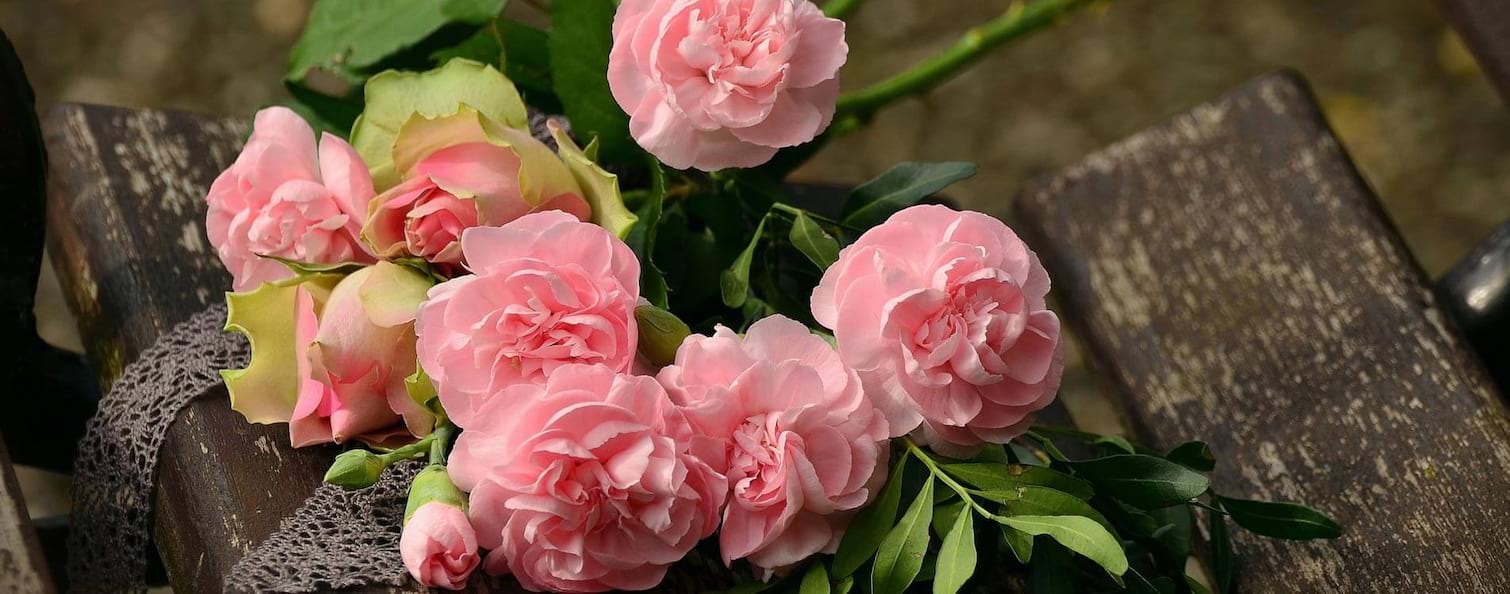Every spring, on the banks of the Odet and more precisely on the road to Pors Meillou, in Gouesnac’h, set off to discover the Boutiguéry estate, a haven of peace and enchantment just 20 minutes from the Nature & campsite. Le Kervastard Leisure Residence!
The Boutiguéry estate: History
In the small town of Gouesnac’h, in Finistère, discover the Boutiguéry estate on the left bank of the Odet, in the place called Pors Meillou which means in Breton, the port of the mills. This name refers to the 2 mills which demarcated the road in the 17th century: the first wind mill on the plateau and the second water mill at the bottom of the port.
The oldest traces of the Boutiguery estate, or as some preferred to call it at the time, Terre de Boutiguery, date back to the beginning of the 17th century, when the estate was a dependency of the Seigneurie de Bodinio, in Clohars-Fouestnant. But, very quickly, it passed through the hands of several other owners before settling in 1770 with Mr. Tanguy Yvonnet du Run.
In 1819, the estate was sold by auction to Guillaume Le Berre, miller in Quimper. Upon his death, his 2 daughters made a new sale by auction in 1841 to the Kerret couple, who were already owners of the Lanniron estate.
Abandoned for 22 years for the benefit of the Lanniron estate, the manor has become in a pitiful state. The couple nevertheless decided in 1867 to undertake renovation work with the help of two renowned landscape architects, Denis and Eugène Bühler. In 1872, at the end of the work, the Boutiguéry estate was bequeathed to Carl de Kerret born in 1842 in Lanniron.
The first rhododendrons on the estate were planted by Carl de Kerret with the aim of bringing beauty to his estate. Without descendants, upon his death, the estate passed to his sister Hermine de Kerret in 1887, then to his son Georges Blanchet de la Sablière. The latter moved there with his wife Marthe Hascoët from Saint-Georges in 1893. With their heads full of projects, the young couple undertook new work on the estate and planned the construction of a castle to the east of the stables. Unfortunately, in 1898, Georges suffered from a fever and was unable to achieve his objectives.
After the First World War, it was Carl, the son of Georges Blanchet de la Sablière, who took over the domain, but abandoned the castle construction project. On the other hand, he preferred to transform the stables into an Anglo-Norman style cottage. A nature lover, he planted nearly 150 varieties of azaleas and rhododendrons which you can still admire every spring by visiting the Boutiguéry estate. Carl Blanchet de la Sablière died in 1979, leaving the estate to his son Christian.
Today, the Boutiguéry park, private property of Christian de la Sablière, covers 20 hectares and admits more than 1,500 new azalea and rhododendron plants each year. Virginie de la Sablière, landscaper and nurseryman, joined the adventure some time ago to take up the torch from her father, but above all to create a unique nursery of its kind in the country.
The Boutiguéry estate: What to do?
The Boutiguéry estate is much more than just a park, it is an invitation to travel in the colors of spring, through the 40,000 varieties of azaleas and rhododendrons that bloom from April to May.
Covering 20 hectares, the park offers the opportunity to contemplate a unique landscape, like a work of art in varied colors, among oaks, redwoods and Mexican pines. In addition to the different varieties of azaleas and rhododendrons that come from all over the world, hybrid species that you will not see anywhere else are also present.
The Boutiguéry area definitely offers a magnificent spectacle not to be missed if you spend your spring holidays at the campsite in Fouesnant with indoor swimming pool. The walker will be delighted to appreciate an authentic landscape between sky and earth, where poetry and nature mingle and create a unique space that is worth the detour.
View all our articles
